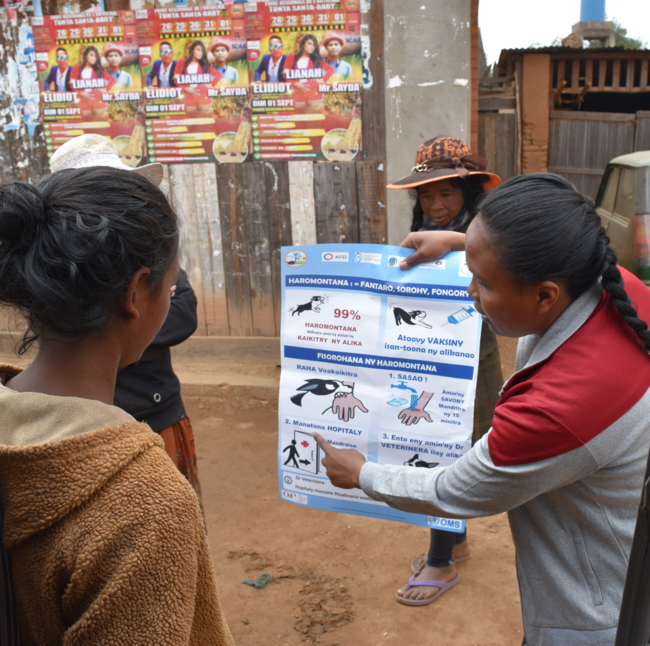Education Initiative Tracker (EIT)

What is the EIT?
The Education Initiative Tracker (EIT) tool enables any person that undertakes rabies-related education initiatives (e.g., speaking to school children, educating professionals, distributing resources like flyers or posters, etc.) to track their efforts based on the target audience, the key messages and how the message is disseminated. The tool is designed to help make a case for the impact of the education and sensitization work that is being done in a community.
Who is the EIT for?
The EIT was designed for any person or organization doing rabies-related education or sensitization work. It enables you to map and monitor the number and type of rabies-related awareness initiatives in communities.
Why should I use the EIT?
The EIT maps your education initiatives and is easy to use. It requires little training and another benefit of using it is that it allows you to work offline.

What are the benefits of using the EIT?
It will help you to:
- Showcase the reach, audience and messages used to benefit communities.
- Highlight the impact that education and sensitization have had on rabies elimination (when used with our other surveillance tools).
- Make a case for continued donor support for education and sensitization initiatives.
What data does the EIT capture?
- Date
- Precise GPS coordinates
- Main target audience
- Main focus of message
- Main approach (oral, resource distribution)
- Estimated number of adults reached
- Estimated number of children reached
- Type and number of resources distributed (flyers, brochures, booklets, posters)
- Comments
What are the outputs from the EIT?
- Real-time maps
- Graphs
- Tables
All outputs are automatically generated and updated by the tool. Therefore, there is no need for GIS experts or people with advanced computer skills or expensive software.
Why should I use the EIT tool if I do community outreach work about rabies?
Across all rabies-endemic countries, stakeholders often conduct community outreach and education campaigns with a focus on rabies and responsible dog ownership. Without using the EIT, you can often only report using photos and tabled data that fails to show the reach and impact of your work. With the EIT, you can get donors interested and supportive of your work!
How did other users benefit from using the GARC Data Platform?
How does the map for the EIT look?